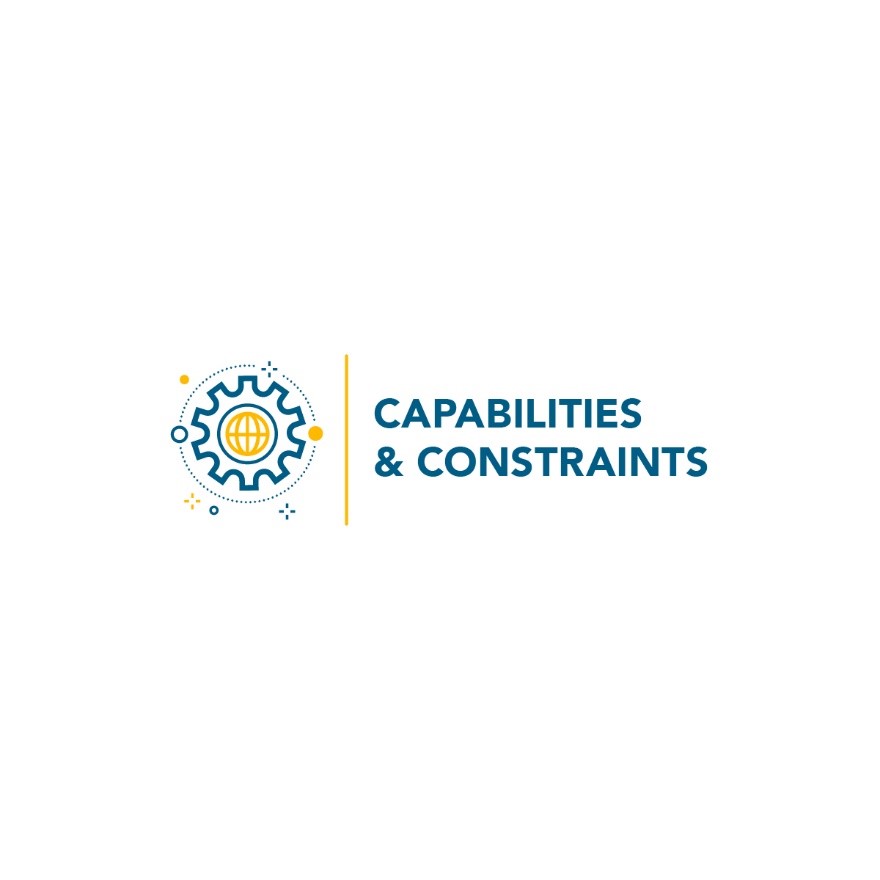Capabilities & Constraints
A balancing act

Fish migration is predictable, as fish move up and down rivers in the spring and fall. As snow melts in the spring, more water is spilled over dams to manage water levels. This action creates more gas bubbles in the water—and too much gas is bad for fish. But to help salmon get to the ocean, the water needs to keep moving.
Energy consumption is also predictable, to a degree. In summer, energy for air conditioning ramps up at the same time water for irrigation is in high demand. In winter, even more energy goes to heating, but water use drops off significantly.
The challenge is to navigate future demand with a modern, flexible mix of energy resources. Introducing more renewable resources creates a level of volatility in the generating fleet that before only existed from demand. Managing volatility—especially with little advance warning—is a balancing act. And where available, that duty may fall to hydropower.
Hydropower can help smooth out the cycle, but this operational paradigm, with extreme fluctuations, is very hard on large power generation plants. These large, highly engineered systems will become increasingly stressed as their designs age. And while maintenance is part of prudent planning for any costly system, at what point does a complete redesign become a reality?
If anything, the United States is the land of innovation. Research and development collaborations between federal, industrial, and environmental stakeholders can evolve hydropower’s vital role as part of a modern, flexible, energy mix.